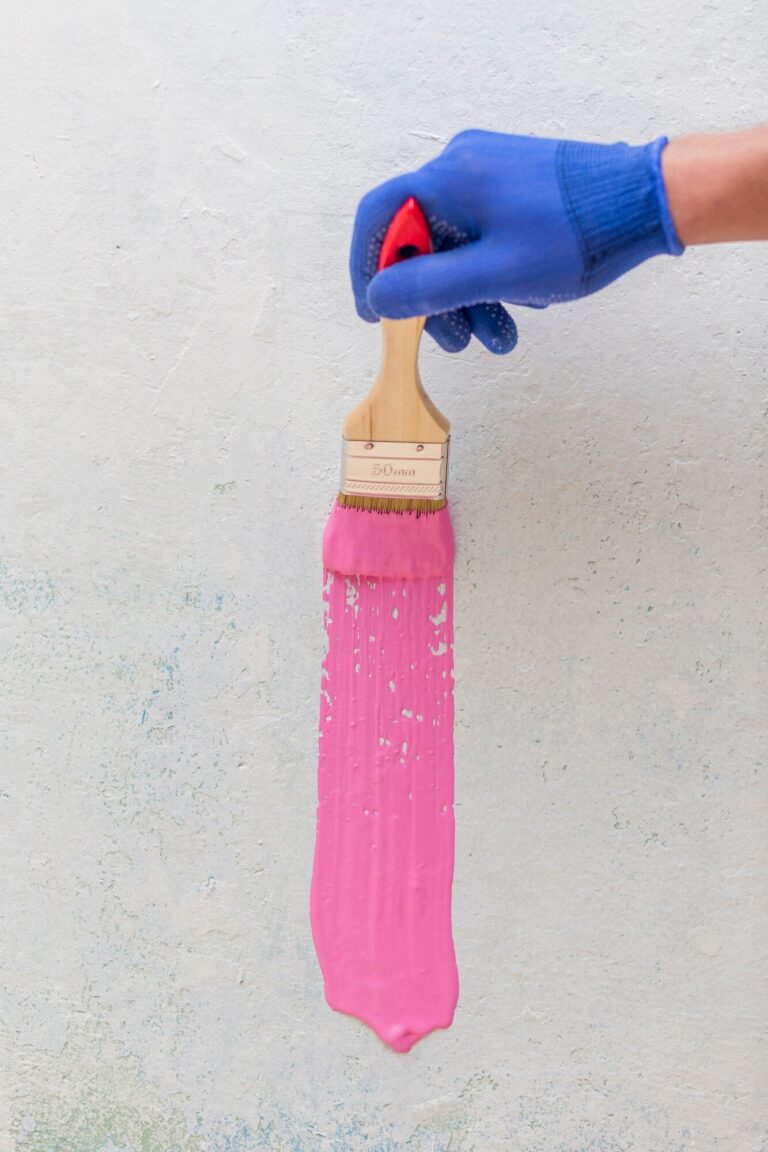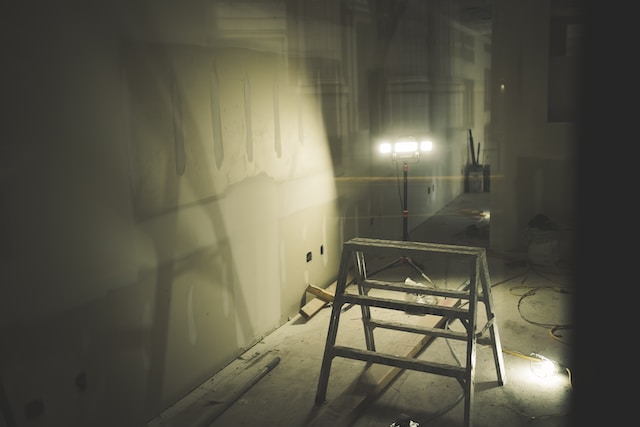Drying and Dehumidification After Water Damage
 A home is an expensive investment. Some people spend years building up their savings to the point where they can afford a down payment on a house to call their own. Once they own the home, anxiety can start to set in when it comes to taking care of the property. A lot of maintenance issues can pop up, leading to further expenses that were not planned on.
A home is an expensive investment. Some people spend years building up their savings to the point where they can afford a down payment on a house to call their own. Once they own the home, anxiety can start to set in when it comes to taking care of the property. A lot of maintenance issues can pop up, leading to further expenses that were not planned on.
One such expense could happen as a result of damage from water in the home. Water damage is a common issue faced by many homeowners. It can be caused by a number of issues, many of which may not be preventable.
Common Causes of Damage from Excess Water
The moment you move into a house, you open yourself up to the potential for accidents to happen. even regular maintenance may not prevent every instance that could cause damage. Here are a few of the most common causes.
Broken Pipes
Leaks are commonly associated with old or frozen pipes. Natural corrosion can degrade the material, leading to a break that will spill into various areas of your home.
An Appliance that Uses Water Leaks
Many appliances in your home use water, from the washing machine to the dishwasher to the water heater. All of these machines can leave unwanted moisture in your home that causes significant water damage.
Heavy Rain
Rain is able to seep into the ground around your home, collect on the roof if gutters are clogged, and form puddles near the foundation. Any of these circumstances can cause moisture damage to the building materials. If your sump pumps cannot keep up, flooding may occur in the basement.
Other Causes
Other things that could mean water damage in your home include sewage backups, clogged drains, faulty water supply lines, loose valves, and leaky fixtures such as tubs or sinks. Keeping an eye on these causes could prevent further damage to your home.
How to Dry and Dehumidify the Affected Area
When excess water collects on your property and causes damage, you need to know the most effective steps for restoring the building and your possessions. Once you have extracted the standing water with a pump or wet vacuum, it is time to move on to the drying and dehumidification process. Here is what you need to know about this aspect of water damage restoration.
Remove Items with Excess Moisture
Before you worry about drying out the walls, floors, wood framing, and other structural elements, you should try to remove every wet item from the room. Whether it is a carpet, piece of furniture, storage equipment, or other belongings, bringing them outside for air drying will reduce the amount of water in the room and speed up the drying process for everything else.
Air Circulation
Air movement is the number one enemy of excess moisture in your possessions and porous materials. The more the air in the room is moving, the faster the evaporation process will occur. This step pulls water droplets from a surface and transforms them into their gaseous state, which is called water vapor.
For better air circulation, use drying equipment such as large fans or air movers. This will help reduce moisture levels in your possessions and help water evaporate faster. Additionally, you should open as many windows and doors as you can to increase airflow. Though, if humidity levels are high outside, this may not work effectively.
Dehumidification
Now that the water has been pulled from the surfaces and materials in the affected area, you need to remove the evaporated water from the air. Some of it may be blown out of the room by the air movement, but dehumidifiers will handle the rest. Plug them in the room where the damage occurred and put them on a high setting to pull as much moisture out of the air as possible. The more cubic feet that you are attempting to dry, the more dehumidifiers you may need to get the job done quickly.
Remember to empty the dehumidifiers as they fill to ensure continuous functionality. The more delays you encounter, the more your water-damaged homes will suffer. If you don’t have any, you can always buy or rent a dehumidifier from a local supplier or wholesale store.
Why Drying and Dehumidification Matter
You may think that pumping out the standing water and leaving everything to dry naturally is enough to deal with the damage. But there are too many risk factors associated with moisture contact to leave things as they stand. Your goal is to return the property to its pre-flood condition as quickly as possible. The more efficient you are, the better your water removal efforts will go.
Leaving any amount of moisture where it doesn’t belong can affect the structural integrity of your property. It could also lead to mold growth and harmful contaminants in the air.
Ask a Restoration Professional for Help
When moisture has damaged your home, it is essential that you begin the restoration process quickly. Instead of doing a poor job yourself, resulting in further damage, get in touch with a Portland water damage restoration company to complete the project.
Restoration specialists that offer extensive services can extract moisture efficiently, control the extent of the damage, save your belongings, repair drywall, and present you with a home that is free of damage. They know how to clean up after a flood and enact a thorough drying process with powerful equipment to prevent long-term issues like mold growth and compromised structural integrity.


